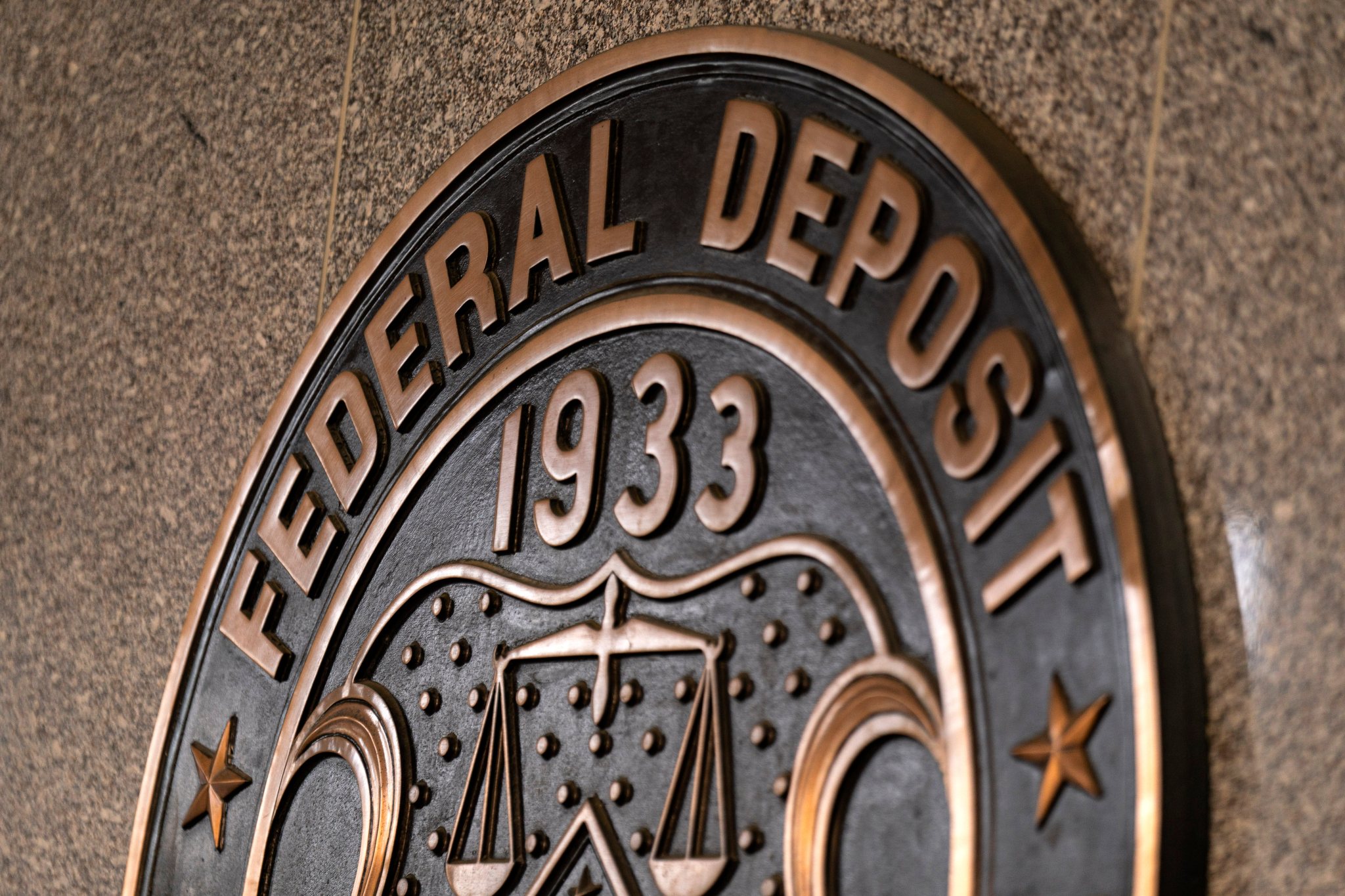The Federal Deposit Insurance Corporation last week convened a meeting in Washington D.C. as part of the agency’s broader efforts to expand access to the financial system. Hosted by the FDIC’s Advisory Committee on Economic Inclusion the meeting addressed a number of extraordinary findings from a survey of 30,000 American households.
Simply put, the 2023 National Survey of Unbanked and Underbanked Households found that the number of American households without a bank account or credit union has reached an all-time low: 4.2 percent of U.S. households, or about 5.6 million homes. That’s the lowest that’s ever been documented by the FDIC, a reduction of almost half since the all-time-high back in 2011.
The reasons for this progress are multiple and complex. Lobbyists seeking to influence several regulations warn that if policy changes (or doesn’t change), many of those gains will be lost. But unpublished internal FDIC documents shared with Fortune show regulation is not among its key “areas of opportunity”—rather it’s technology that’s the big driver of progress.
“I don’t know that policy has really been a large part of this story,” says Keith Ernst, the associate director of the FDIC’s division of depositor and consumer protection, in conversation with Fortune during a break from the advisory committee meeting. “If you look over the last decade, what you’ve seen is innovation within industry.”
Specifically, Ernst credits one rather simple technological development as making the biggest difference: so-called safe accounts. Originally launched by the FDIC as a pilot with nine banks in 2011, safe accounts followed a publicly available model that leveraged banks’ more efficient back-end technology to offer low-income users easy access to interest-bearing accounts. The FDIC insured accounts had no overdraft or insufficient funds fees, and very low or no minimum deposit requirements. A year later 95% of the newly created accounts were still in use.
In 2015 the non-profit Cities for Financial Empowerment Fund launched the Bank On standard inspired by the FDIC pilot. The standard has been adopted by more than 470 banks and credit unions, including Chase, Wells Fargo, Bank of America and Citi. Last year savers at 47,000 branches and roughly 100 state and local coalitions deposited more than $174 billion into 11 million accounts, four million of which were new.
“These accounts have been taken up in large…
Click Here to Read the Full Original Article at Fortune | FORTUNE…


